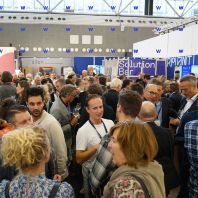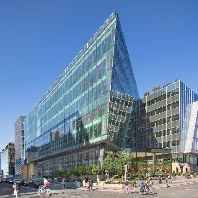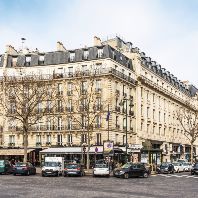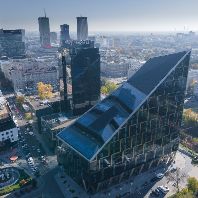Investment in institutional property in Central and Eastern Europe (CEE) rose significantly in the second half (H2) of 2009, bringing total 2009 turnover to 2.5 billion, according to CB Richard Ellis' latest report, CEE Property Investment MarketView January 2010. Approximately 2 billion of this total was traded in H2 2009, a sharp increase (+314%) on H1 2009 turnover. In spite of higher levels of activity in H2, the 2009 market as a whole was quiet compared to recent years. Investment turnover in 2009 finished 75% lower than in 2008, and H2 2009 turnover was approximately 50% less than H2 2008.
Investors predominantly focused on prime properties in core locations during 2009. Jos Tromp, Head of CEE Research & Consulting, explained: "There was a significant amount of uncertainty about economic and property market prospects in CEE heading into 2009. As a result, investors looked for defensive properties in core locations, with long unexpired lease terms and quality tenants. This is primarily why investors focused on Central European markets, where economies have generally been more stable than elsewhere in the CEE region."
For 2009 as a whole, Central Europe accounted for 56% of CEE turnover (37% in 2008). In particular, investors sought the relative safety of assets in Central European capital city markets, which caused the share of total CEE turnover in Prague, Warsaw and Budapest to increase to 34% in 2009, compared to 21% in 2008. Meanwhile, Southeastern Europe's share fell to 12% in 2009 (25% in 2008), reflecting investor uncertainty about its economic and property prospects, and Eastern Europe's share of turnover fell from 37% in 2008 to 32% in 2009.
Offices received the largest share of investor attention for most of 2009 in CEE, although the retail investment market began to show signs of life at the end of 2009. According to Tromp: "The focus on office assets for much of 2009 reflected investors' aversion to risk and the limited availability of top retail product across CEE. As a result, 44% of 2009 CEE turnover was for office properties, compared with 38% of the market in 2008. In contrast, the retail investment market was quiet for most of 2009, as the economic climate, CEE market structure, uncertainty about regional markets and concerns about write-downs kept retail investment turnover low.
In Q4 2009, however, retail investment picked up significantly, finishing with a 31% share of CEE turnover for the year, and there are signs that higher levels of retail activity will continue in 2010. The industrial sector's share of CEE turnover actually rose in 2009 - to 12% versus 7% in 2008 despite more challenging market fundamentals - a result of several large industrial transactions. Finally, hotels made up about 8% of total CEE investment activity, with most of this turnover driven by local investors."
Tromp continued: "Local investors drove the CEE property investment market in 2009 to a greater extent than in recent years. This was particularly the case in Russia, where local investors accounted for 56% of 2009 turnover. Local investors made up a lower proportion of turnover across the rest of CEE, but their activity was still higher than in recent years, as many who had been priced out in recent years took advantage of the retreat by international investors' to make opportunistic purchases, mostly of non-prime properties. It remains to be seen whether local investors' higher share of turnover will become a longer-term trend or if they just took a larger slice of a smaller investment pie in 2009."
Both prime yields and prime capital values were relatively stable in CEE in H2 2009. Pavel Schanka, Director of CEE Capital Markets, explained: "More evidence of transactions closing at or near quoted prime yields has emerged in recent months, particularly in core Central European markets. The fact that prime yields fell in certain Western European markets in H2 2009 has bolstered belief that prime yields have reached highs in most CEE markets. Giving an outlook on returns for 2010 is chal














